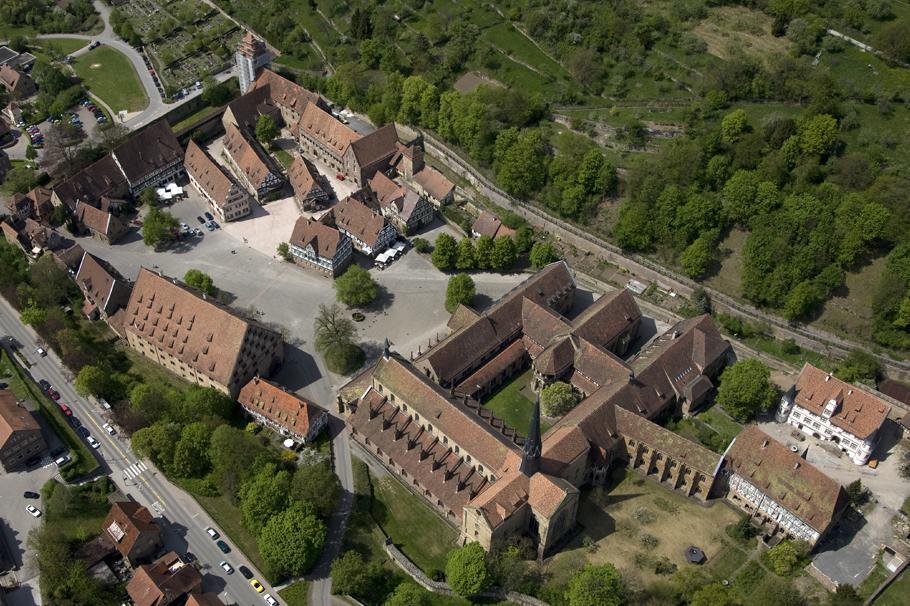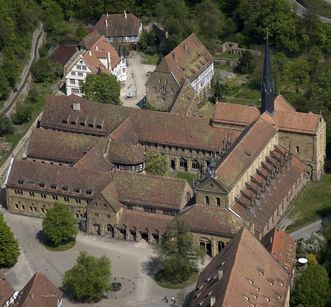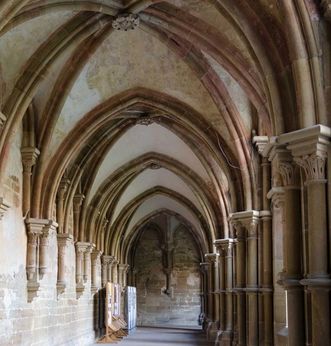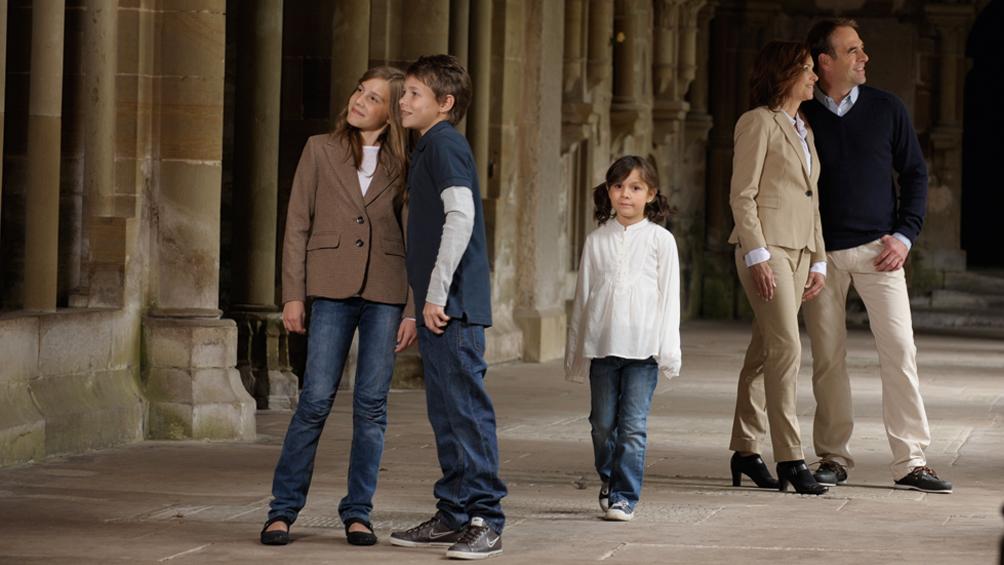UNIQUE UNITY OF ARCHITECTURE AND LANDSCAPE
The former Cistercian abbey, constructed in 1147, is nestled in the rolling landscape around Stromberg hill. A medieval circular wall surrounds an imposing complex of a wide variety of structures. The monastery courtyard is surrounded by clusters of numerous outbuildings. The monastery church and attached hermitage form the heart of the complex. The Cistercians have left their mark on the surrounding landscape and this remains largely preserved to this day, offering an excellent example of the area's cultural history.






